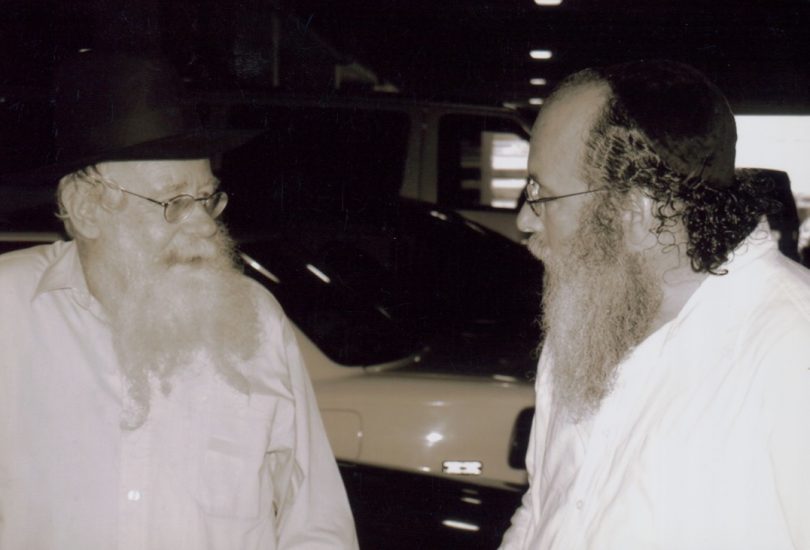The Shechinah, the indwelling One, is sometimes called a mirror.
As it is written concerning Moses: “I the Lord make myself known to him in a vision (mirror),” (Numbers 12:6).
It is called a mirror because it may be conceived as that which provides only a reflection of the thing, not the thing itself, that it even obstructs one’s field of vision, whereas where there is something transparent, I can see through it and clearly discern what is beyond.
Another aspect of the mirror is its capacity to show me things I may not be able to perceive otherwise, such as that which is behind me or out of my range of vision.
Thus the mirror not only reflects what is known, but can provide something that does not otherwise exist for me. It seems to create another reality.
A mirror can do this because the glass is coated with silver that covers and hides the surface, preventing vision from penetrating.
This obstruction causes the light to return, making vision reflect back, and gives me knowledge of something that is behind me.
The coating provides an insight into something not ordinarily visible.
The glass itself is not the important factor.
Any smooth, even surface, such as certain metals, will do.
The quality of the mirror depends on the covering of the glass.
If it is too heavy or thick, it is nothing but an obstruction.
It has to be made of shiny material that lends itself to thin, even spreading.
The light cannot be swallowed up; it has to be reflected back.
Indeed, making mirrors is an art.
Some mirrors, like those in telescopes, are almost perfect in their capacity to reflect a true image without distortion.
The secret of the mirror lies in the care that one takes to make it what it should be.
–Rabbi Adin Steinsaltz

